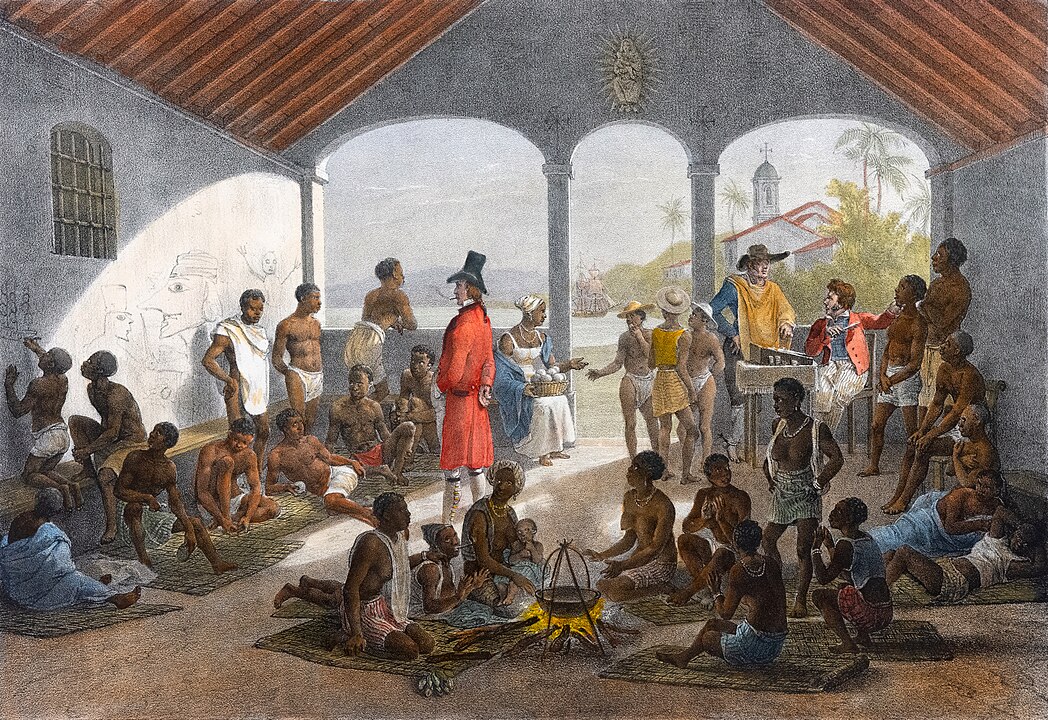The Wild West was not a nonstop shootout. Historians place the frontier era roughly 1865–1895, ending as railroads, barbed wire, and the 1890 Census closed the frontier line. Most towns had laws, courts, and sheriffs. Cowboys earned about a dollar a day and drove cattle only a few months, not year-round. This gallery corrects eight movie myths with plain facts teens can verify, so road trips, homework, and museum stops land closer to reality than to campfire legend and studio drama.
1. Showdowns at high noon were common
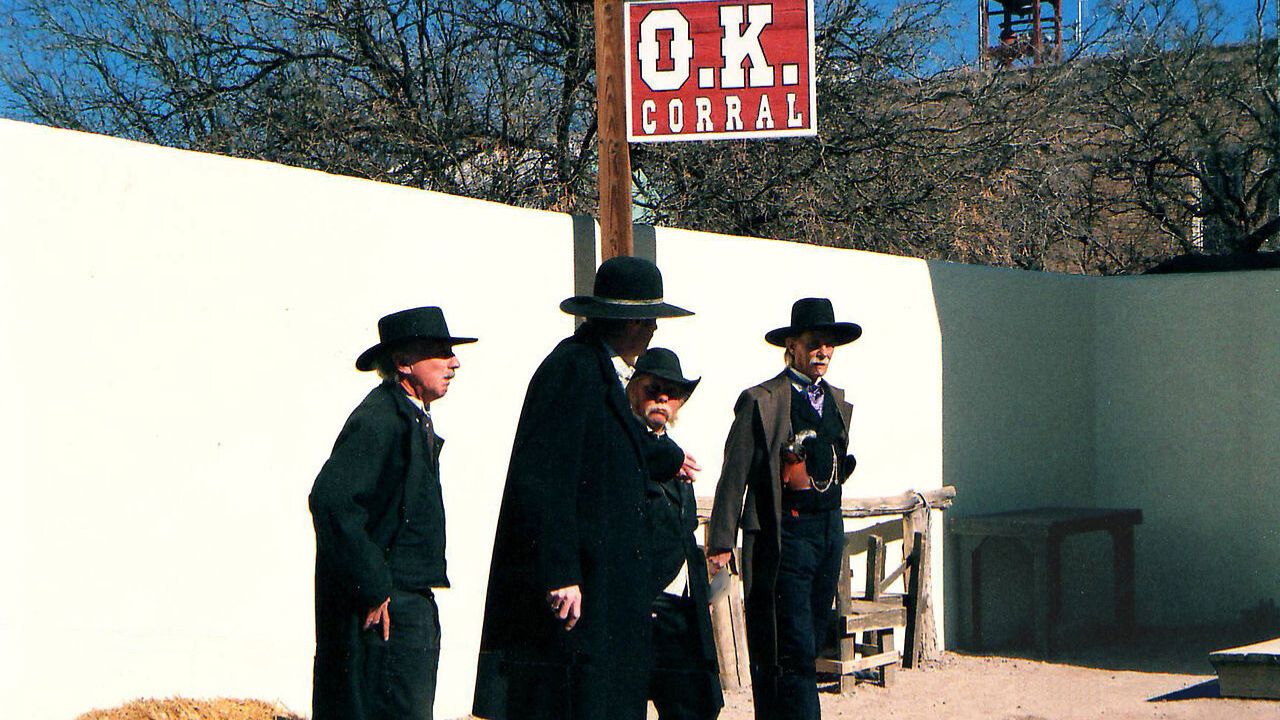
Quick-draw duels were rare. Most gun injuries came from brawls, alcohol, ambushes, or arrests, not staged street duels. Towns like Dodge City and Tombstone posted ordinances requiring visitors to check weapons. The O.K. Corral fight lasted about half a minute and started as a failed disarmament. Gunfighters often reached for shotguns or rifles for accuracy, not low-slung revolvers. Westerns stretched a scarce event into a daily ritual because it photographs better than paperwork and court minutes.
2. Everyone carried guns everywhere
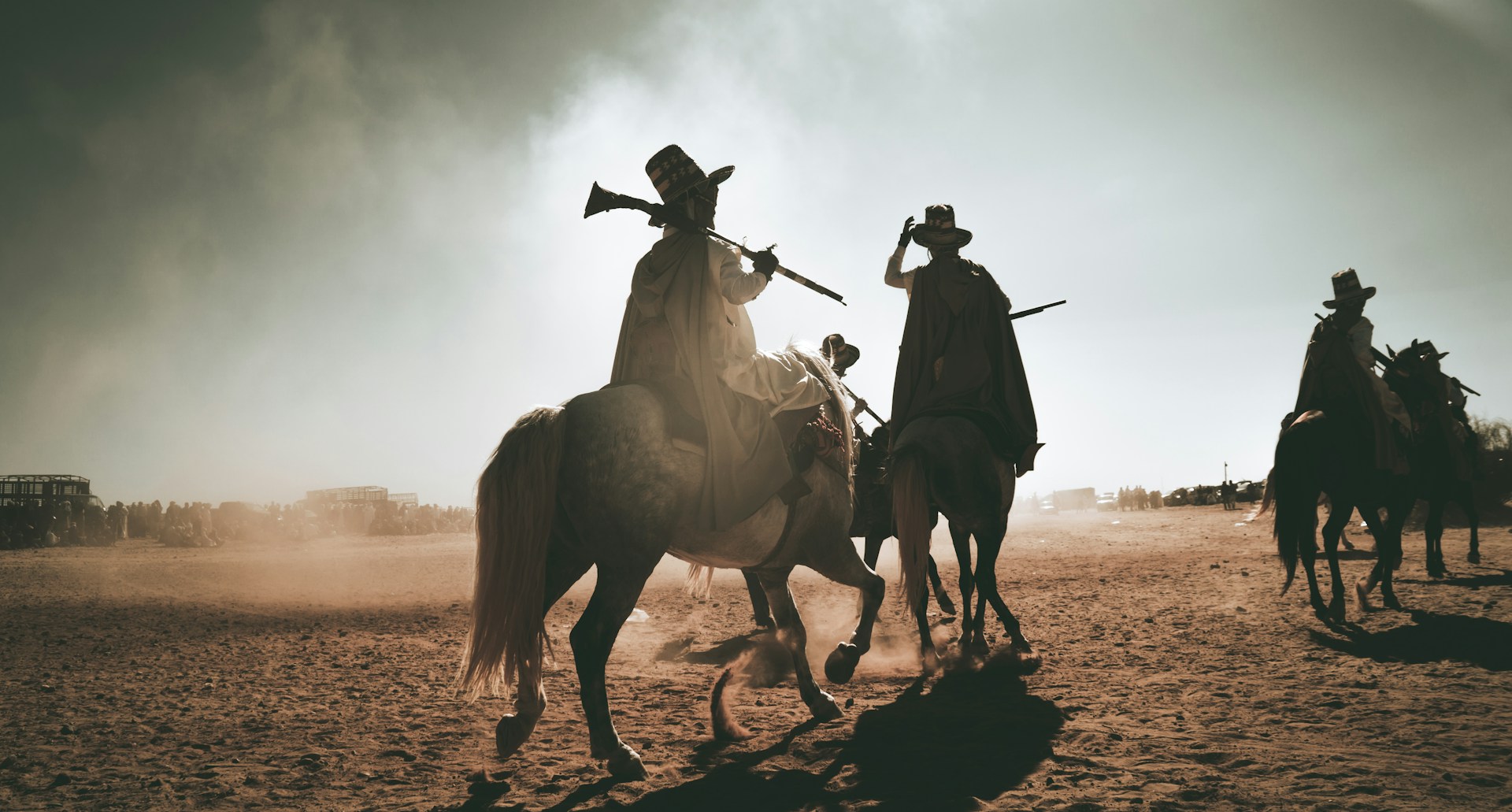
Frontier towns frequently restricted concealed or loaded guns inside city limits. Visitors checked sidearms with the sheriff or at hotels, then reclaimed them when leaving. Merchants wanted calm streets for trade, so councils fined unlawful carry and disorderly conduct. Drovers did keep firearms on the trail, but inside cattle towns enforcement tightened. Period newspaper notices and posted signs show these rules were ordinary tools of public safety, not modern inventions. Hotel desks and livery stables kept lockboxes for travelers, noted in town ledgers and sheriff reports.
3. Cowboys were all white American men
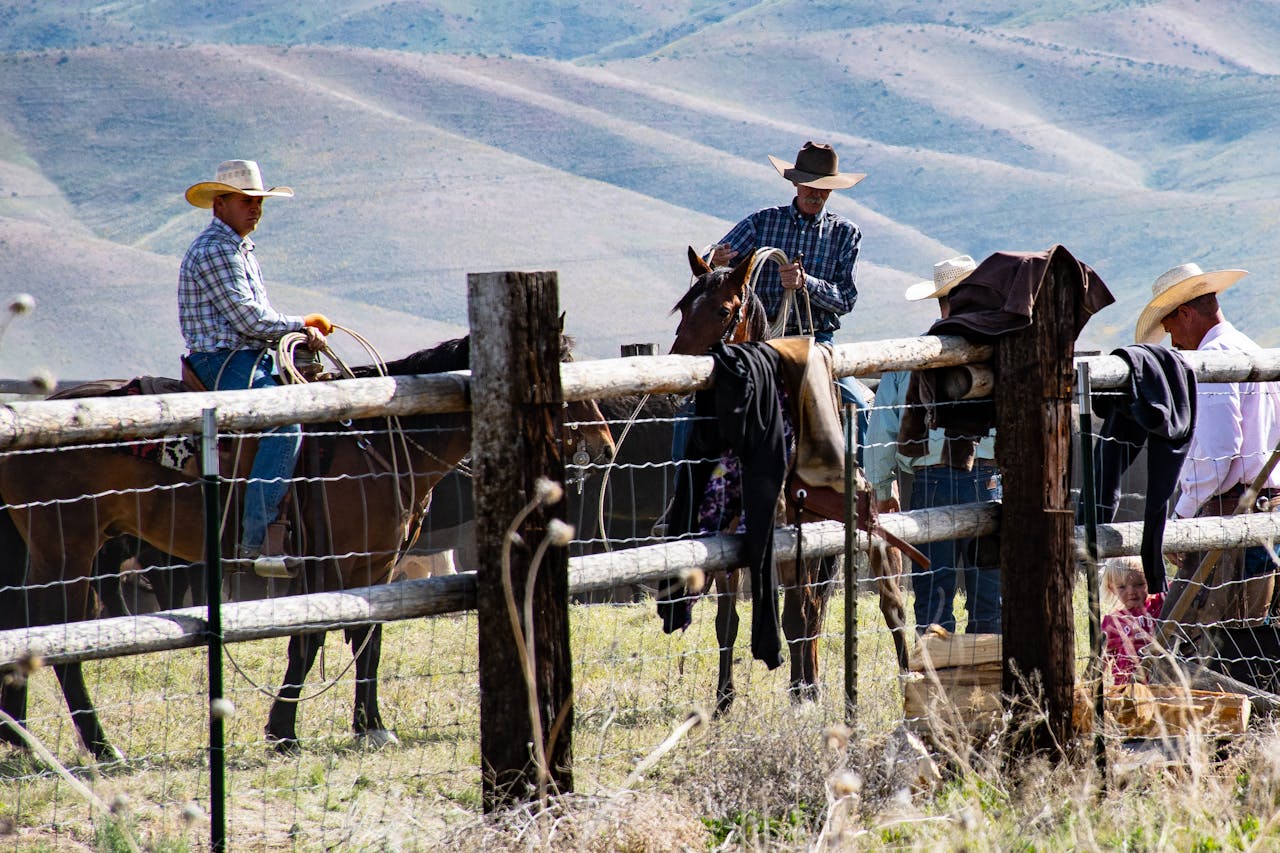
Real trail crews were mixed. Historians estimate roughly one quarter of cowboys were Black after the Civil War, and many more were Mexican vaqueros whose roping and saddle designs shaped ranch work. Native cowboys rode on Northern Plains ranches too. Spanish words like rodeo, lariat, bronco, and mustang entered ranch slang. Pay was modest and seasonal, so crews hired skill, not ancestry. Payrolls, photographs, and oral histories document a wider team than Hollywood usually shows. Trail photos and brand books back those numbers.
4. Bank robberies happened every week
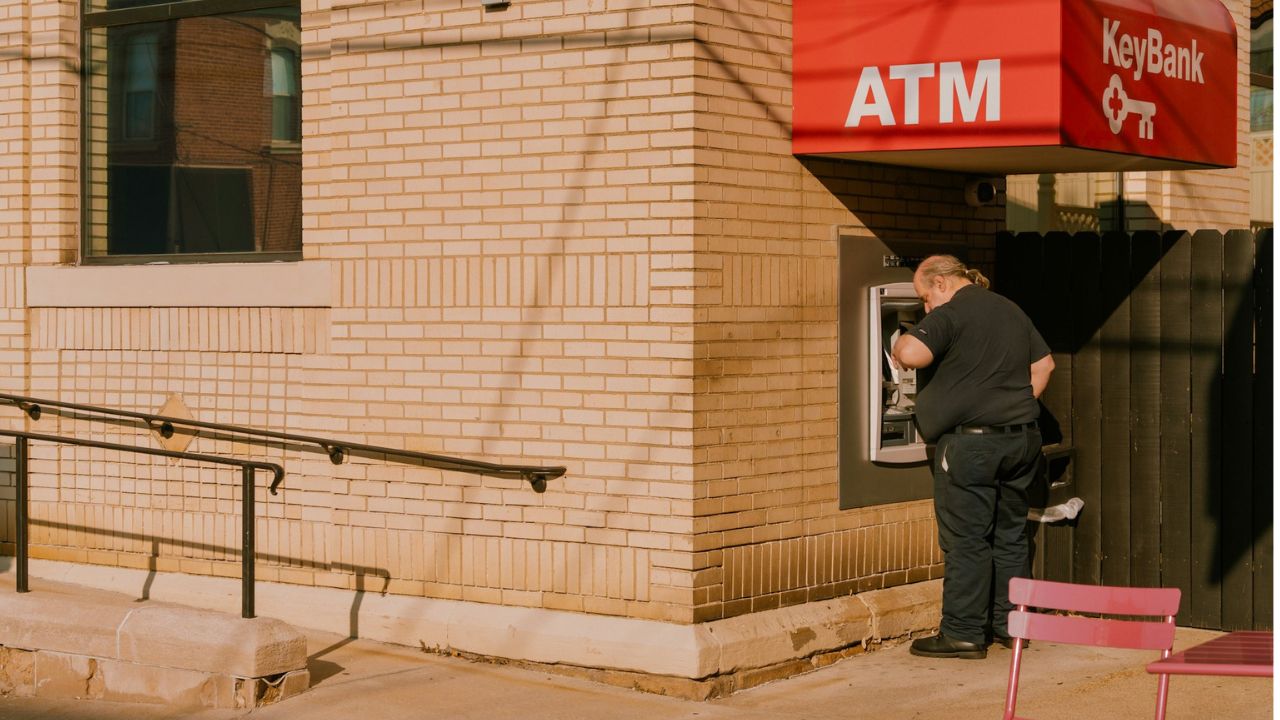
Dramatic bank heists were uncommon compared with payroll or train hold-ups in remote stretches. Banks sat near sheriffs, alarms, and armed shopkeepers, so risk outweighed reward. Typical frontier cases were property disputes, cattle theft, and saloon fights recorded in county dockets. Even the James-Younger gang failed in Northfield when townspeople shot back and chased them. Robberies stayed famous because posters sold the story; routine court calendars did not. Court newspapers from cattle states list fines and civil judgments more than holdups, a paper trail that undercuts the screen image.
5. Saloons were lawless free-for-alls
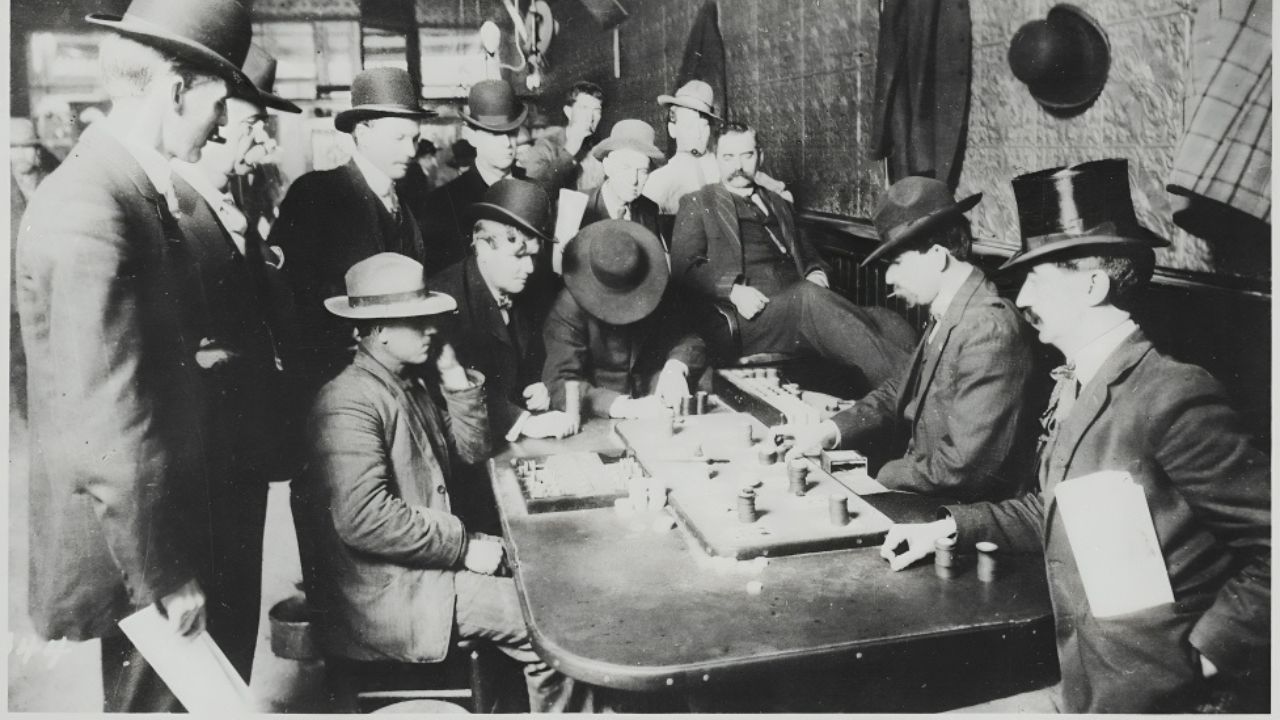
Saloons were businesses that wanted customers alive. Owners hired bouncers, posted house rules, and closed the establishment for elections or on Sundays. Local ordinances fined disorderly conduct and limited gambling. Whiskey was often watered, and beer went warm until ice plants spread. Card rooms used posted rules to prevent fights. Violence happened, mostly tied to alcohol or unpaid wages, but theaters, cafes, and music halls shared the block, not only smashed chairs. City licensing required fees and inspections; permits could be suspended after repeated fights, so staff cut off service before trouble.
6. Hats, clothes, and guns were one style
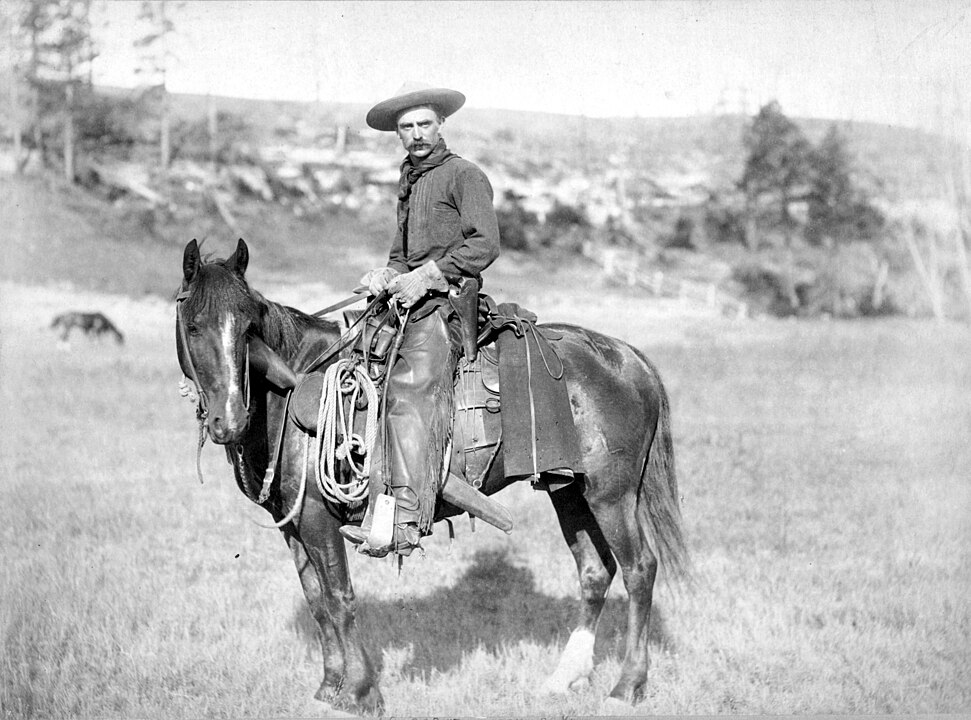
Open-range work demanded function. Bowlers and work caps were common in towns because wind snatched high crowns. Cowhands wore wool, canvas, or denim, with any boots they could afford. Sidearms were not always six-shooters; shotguns and lever rifles were ranch tools and stageguard standbys. The wide-brim “cowboy hat” spread later with mail-order catalogs and rodeos. Period photographs show more variety than movie costumes suggest. Cabinet photos show bowlers, sack coats, suspenders, and plain brims beside a few high crowns, shaped by weather, price, and mail delivery.
7. Homesteaders roamed endless open land
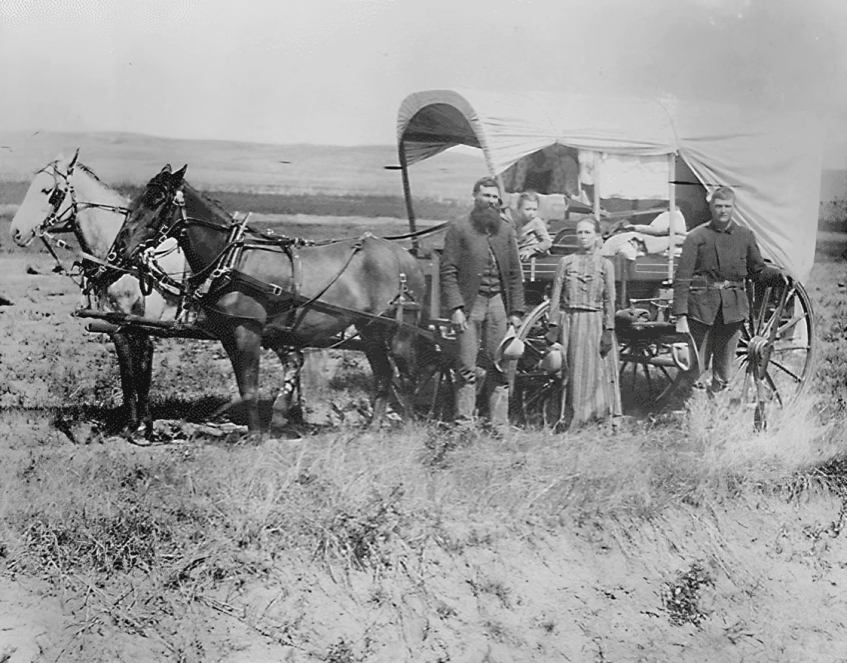
Open land shrank fast. The 1862 Homestead Act required filing claims, building a dwelling, and improving acres to keep title. Railroads received huge land grants and sold parcels, while barbed wire in the 1870s fenced water and ended many open-range routes. Range wars and court cases followed, showing property law, not free wandering, shaped settlement. In 1890 the Census declared the frontier line closed, confirming mapped farms and towns filled the old blank spaces. County plat maps from the 1880s show dense grids along rail corridors, with townships surveyed by mile.
8. Native life was only raids and battles
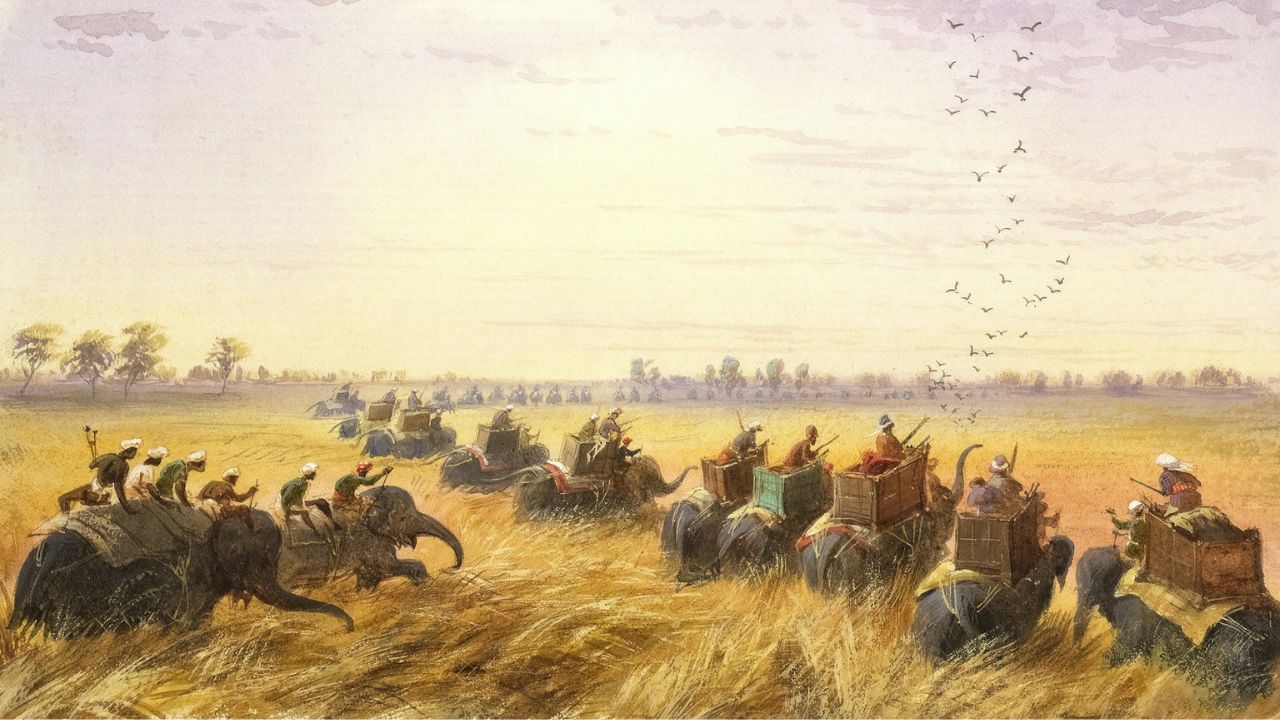
Hollywood centered conflict, but daily Native life included farming, trade, diplomacy, and adaptation to railroads and reservations. Nations negotiated treaties, ran schools, printed newspapers, and worked as scouts, guides, and cowboys. Communities adopted new crops and wages while defending land and culture in U.S. courts. The story is not one-note war; it is resilience under pressure, documented in tribal archives, museum collections, and local histories. Ledger art, beadwork, farm records, and newspapers preserve daily work, while treaty texts show legal strategies beyond the battlefield.

